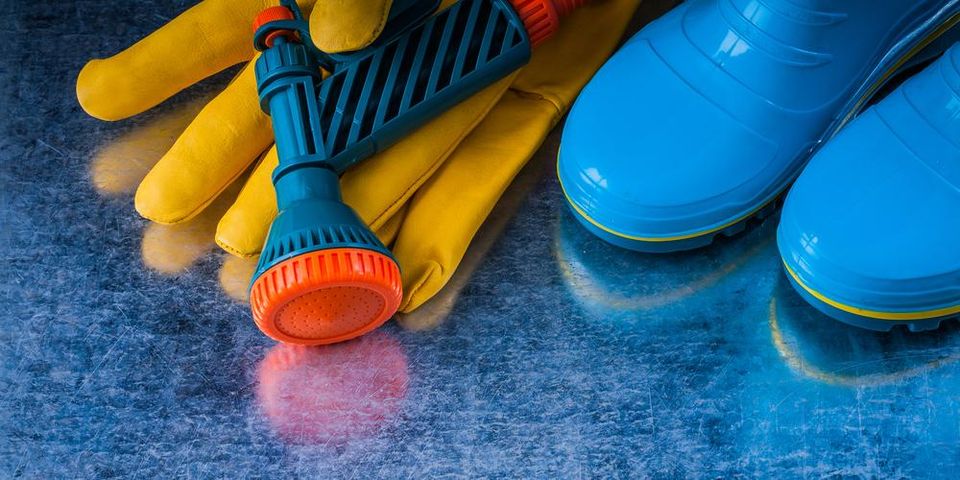Well Inspection Checklist: 5 Steps to Keep Your Well Clean

If your home relies on a well, a well inspection and service should be scheduled each year to maintain your residential water system. But one step to maintaining your well is “shocking” the system with chlorine or bleach to kill any built-up bacteria that can make your water unsafe to use. This needs to be done twice a year. Luisier Drilling has been pumping water into homes in Oconto Falls, WI, since 1936, so they know a thing or two about well drilling and maintenance. Below, they share these steps for keeping your well and water clean.
Well Inspection Checklist: 5 Steps for Cleaning Your Well
1. Add Chlorine or Bleach
 You’ll first need to add chlorine or bleach to your well by loosening its cap and pouring the chemicals directly into the well. The necessary chlorine comes in capsules and is the same chemical used in an outdoor pool. You can also add bleach in liquid form. Normal household wells require 1 gallon of household bleach, while deep wells or farm wells need 2 gallons. Before cleaning, make sure you don’t add water softener, which can make the chemicals ineffective.
You’ll first need to add chlorine or bleach to your well by loosening its cap and pouring the chemicals directly into the well. The necessary chlorine comes in capsules and is the same chemical used in an outdoor pool. You can also add bleach in liquid form. Normal household wells require 1 gallon of household bleach, while deep wells or farm wells need 2 gallons. Before cleaning, make sure you don’t add water softener, which can make the chemicals ineffective.
2. Circulate Bleach
Once bleach is in the well, you’ll need it to circulate throughout the entire water system. Using a garden hose, run water into the well until you smell bleach. Be sure to flush the sides of the casings as well. Then, turn each tap on until you can smell bleach at the fixtures. Continue running the water for 20-30 minutes to kill any bacteria.
3. Clean the Aquifer
Fill several 5-gallon pails with the chlorinated water from the previous step and dump them into the well as fast as possible. This forces the water level inside to rise and flow back out into the aquifer, so every component of the system is clean.
4. Turn System Off
It’s vital to let the system rest as long as possible. Try not to use any water for four to eight hours. Better yet, let the entire system sit overnight.
5. Purge & Test
Once the chemicals have sat eight hours or overnight, they need to be flushed out. Turn on the outside faucets and let the water run until you can’t smell any more bleach, which can take five hours or more. Don’t let the water run into streams or onto your grass—it still has chemicals that can kill fish, grass, and the bacteria in your septic tank. Run it down your driveway or into a ditch. Then test the water using a pool testing kit to make sure there is no more chlorine in the system.
If this sounds like too much to tackle on your own, let Luisier Drilling handle your well inspection and cleaning for you. Give them a call at (920) 848-5239 to schedule your service. Visit their website for more information.
About the Business
Have a question? Ask the experts!
Send your question

